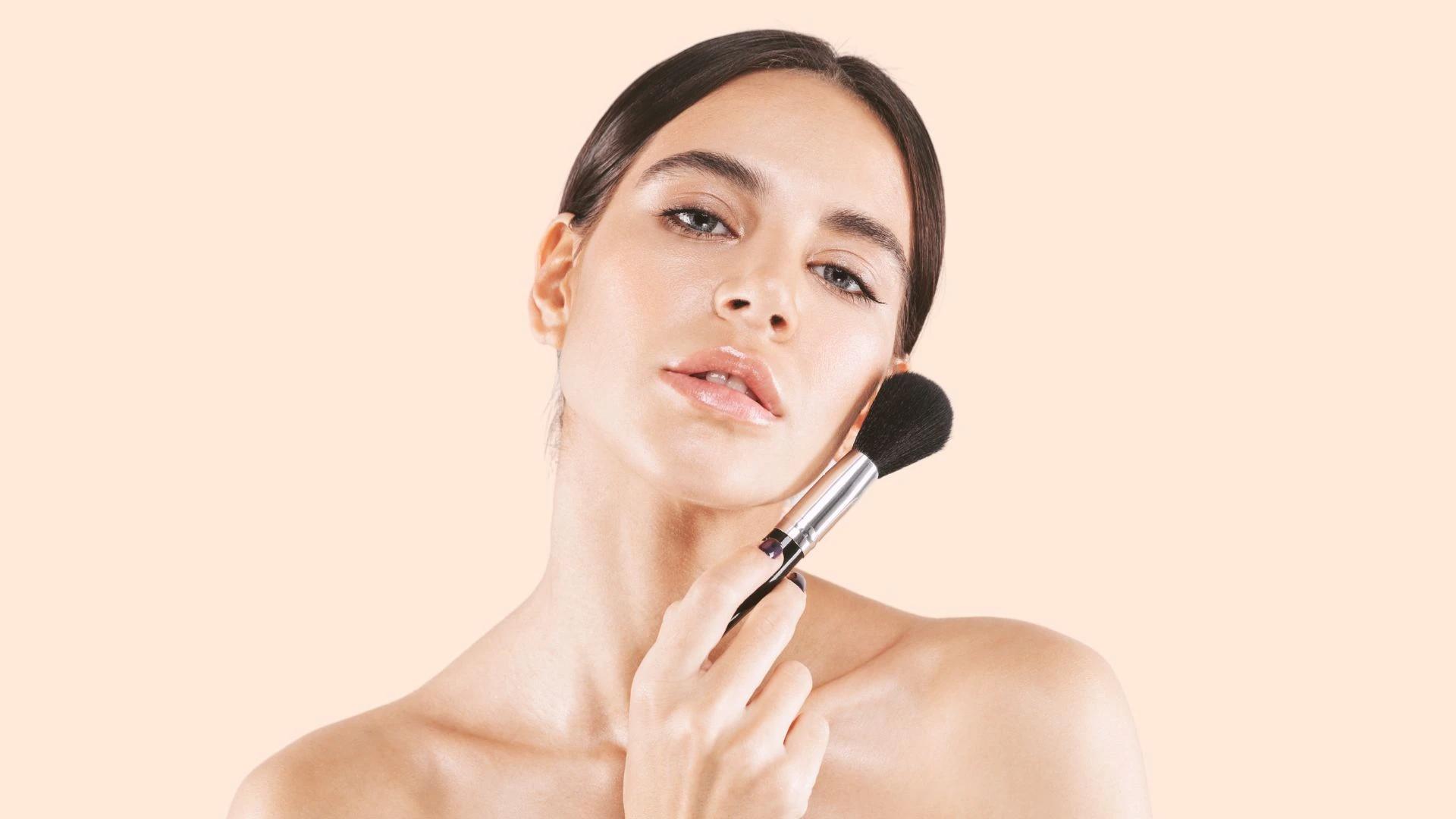Multi-use Brush Techniques
One brush can serve multiple purposes. A small eyeshadow brush works for precise concealer application. A clean lip brush can apply cream blush. Learning these tricks saves space and money.
Precision Application for Detailed Work
Use tiny, precise brushes for intricate eye looks. Press and roll motions help with detailed liner work. For sharp edges, use tape as a guide with your brush.
Frequently Asked Questions
How often should I replace my makeup brushes?
Quality brushes can last years with proper care. Replace them when bristles start shedding excessively, lose their shape, or become scratchy. Synthetic brushes typically last longer than natural ones.
Can I use the same brush for cream and powder products?
It's better to have separate brushes. Cream products can clog powder brushes, affecting performance. If you must use one brush, clean it thoroughly between different product types.
What's the difference between a kabuki brush and a regular powder brush?
Kabuki brushes are denser and shorter-handled, giving more control and coverage. Regular powder brushes are fluffier and longer, perfect for light dusting of powder.
How can I prevent my brushes from shedding?
Gentle cleaning, proper storage, and avoiding tugging on bristles help prevent shedding. Some initial shedding is normal for new brushes—it should stop after a few uses.
Final Thoughts
Mastering makeup brush techniques is absolutely worth the effort. Start with basic methods and gradually try more advanced ones. Remember, practice makes perfect—don't expect Instagram-worthy results immediately. Focus on one technique at a time, and soon you'll discover which methods work best for your style. Your brushes are tools to help you express your creativity, so have fun experimenting with different approaches.

 200ml
200ml Combo
Combo 12 Pieces
12 Pieces 6 Pcs
6 Pcs